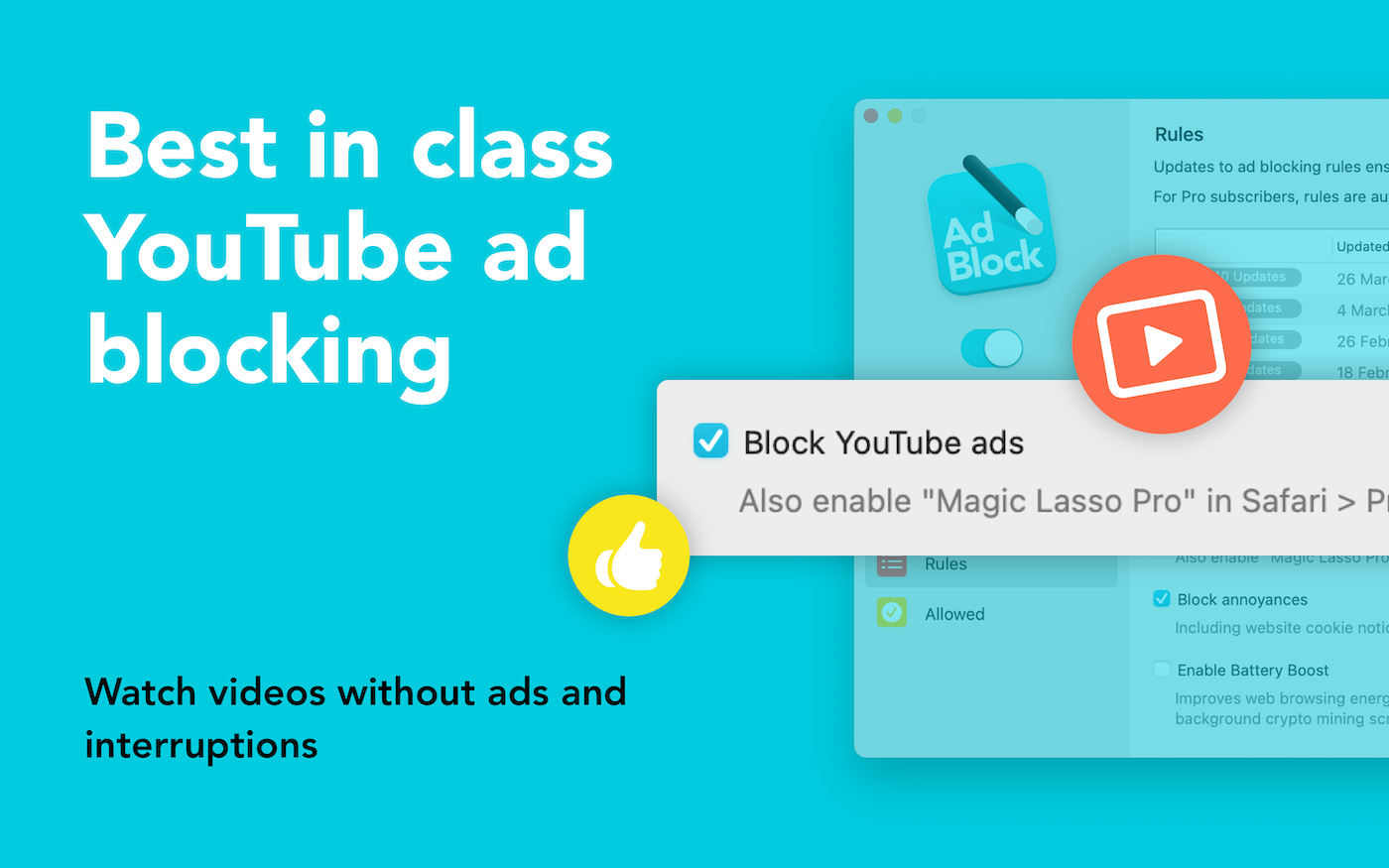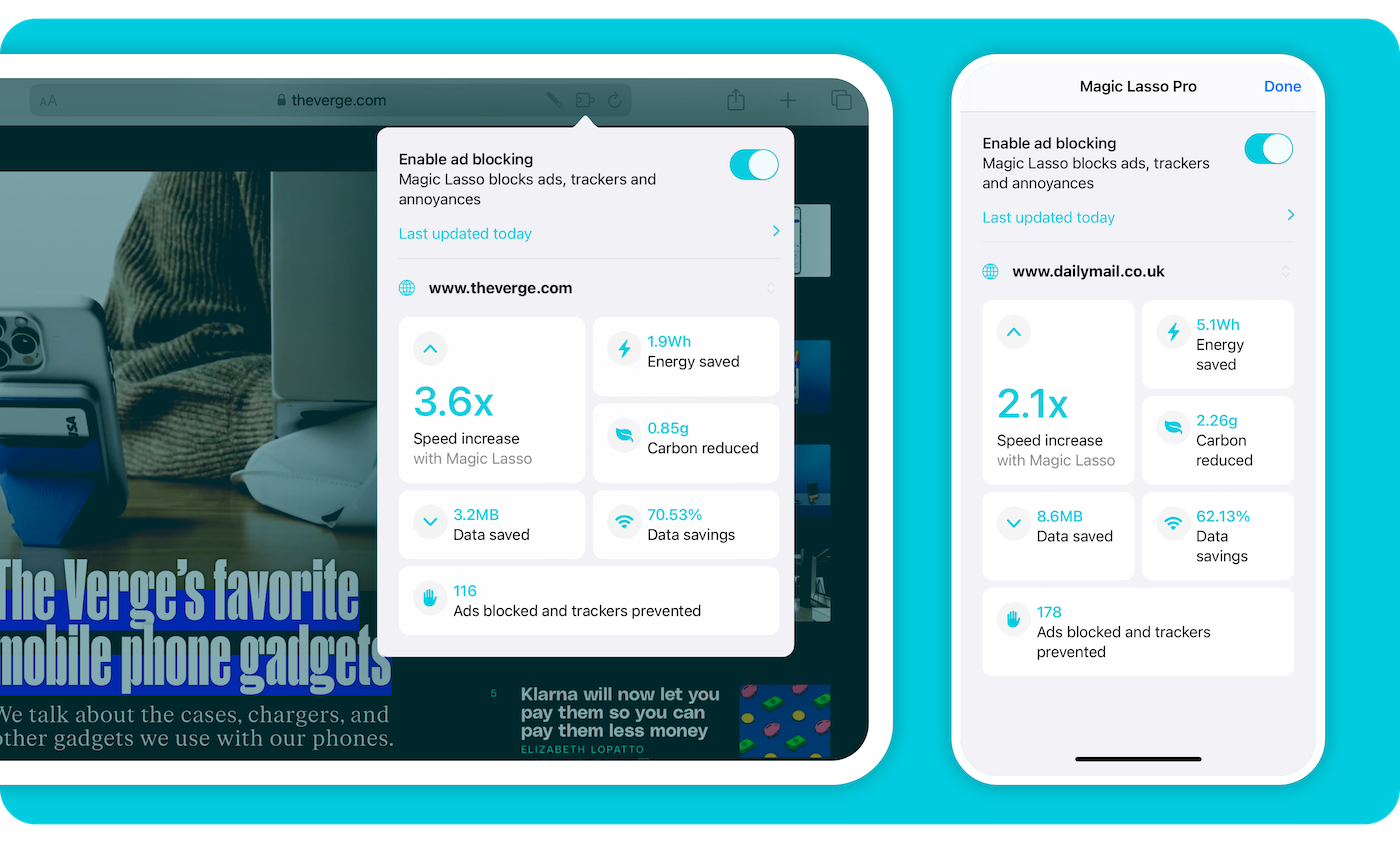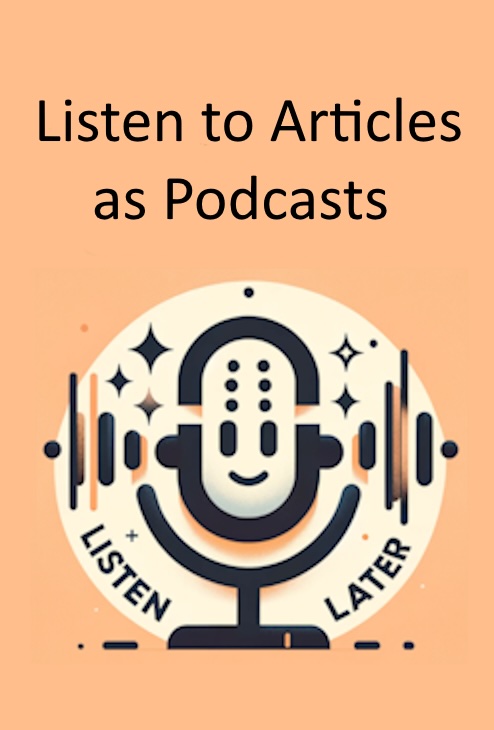iOS 17.5 Bug Apparently Restoring Long-Deleted Photos ⇥ macrumors.com
Over the past week, several threads have been posted on Reddit claiming photos deleted years ago are reappearing in their libraries, and in those of sold and wiped devices.
Chance Miller, 9to5Mac:
There are a number of reports of similar situations in the thread on Reddit. Some users are seeing deleted images from years ago reappear in their libraries, while others are seeing images from earlier this year.
By default, the Photos app has a “Recently Deleted” feature that preserves deleted images for 30 days. That’s not what’s happening here, seeing as most of the images in question are months or years old, not days.
A few people in the comments say they are also seeing this issue.
Juli Clover, MacRumors:
A bug in iOS 17.5 is apparently causing photos that have been deleted to reappear, and the issue seems to impact even iPhones and iPads that have been erased and sold off to other people.
[…]
The impacted iPad was a fourth-generation 12.9-inch iPad Pro that had been updated to the latest operating system update, and before it was sold, it was erased per Apple’s instructions. The Reddit user says they did not log back in to the iPad at any point after erasing it, so it is entirely unclear how their old photos ended up reappearing on the device.
I have not run into this bug myself. On the one hand, these are just random people on the internet. If any of these were a single, isolated incident, I would assume user error. But there are more than a handful, and it seems unlikely this many people are lying or mistaken. It really seems like there is a problem here, and it is breaching my trust in the security and privacy of my data held by Apple. I can make some assumptions about why this is happening, but none of the technical reasons matter to any user who deleted a photo and — quite reasonably — has every expectation it would be fully erased.
Perhaps Apple will eventually send a statement to a favoured outlet like 9to5Mac or TechCrunch. It has so far said nothing about all the users forced to reset their Apple ID password last month. I bet something happened leading up to changes which will be announced at WWDC, but I do not care. It is not good enough for Apple to let major problems like these go unacknowledged.
Update: The more I have thought about this, the more I am not yet convinced by the sole story of photos appearing on a wiped iPad. Something is not adding up there. The other stories have a more consistent and plausible pattern, and are certainly bad enough.


